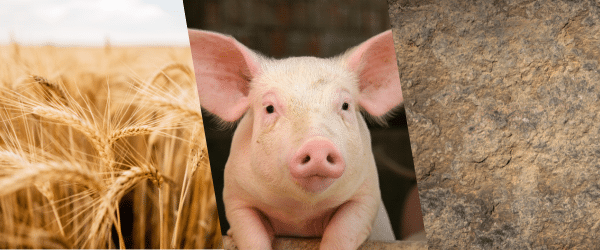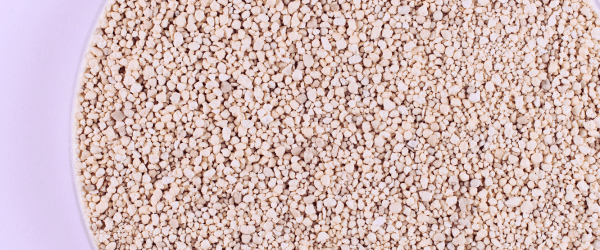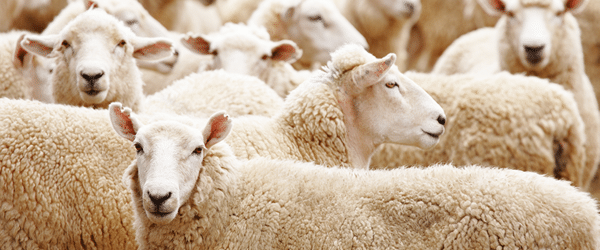Our solutions adapted to aquatic species
Today, out of 622 farmed species across over 209 countries, about 10 species represent 60% of the global production volume (86.4 million tons). Families such as carps, shrimps, catfish, tilapias, salmonids, and marine fish like seabass and seabream are considered models by feed formulators due to their diversity.
It’s important to note that the aquaculture sector is highly concentrated, with about 80% of production located in a small number of countries.
Several parameters must be considered when formulating feed:
Farming methods such as ponds, cages, raceways, and recirculating aquaculture systems (RAS) are considered to optimize growth performance while addressing environmental issues. Additionally, the added value of farmed species can influence the inclusion of technical ingredients in their diet.
Phosphea provides a wide range of inorganic feed phosphates for aquafeeds to meet market demand: MCP, MAP, MSP, MAG26, allowing feed formulators to have a broad choice to meet the different dietary requirements of target aquaculture species.


